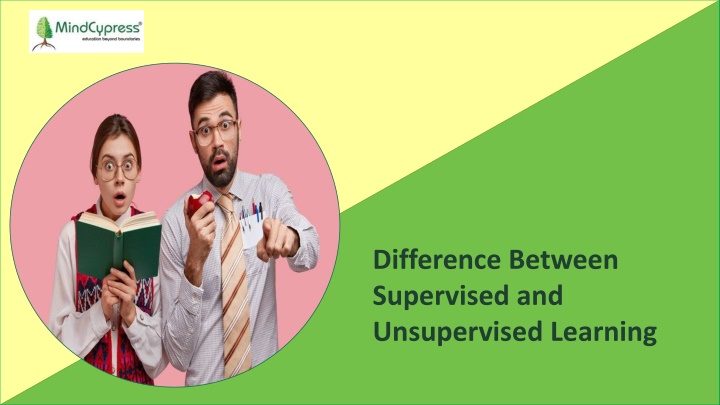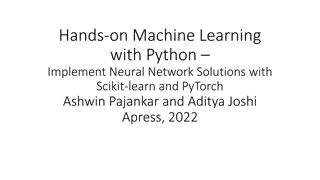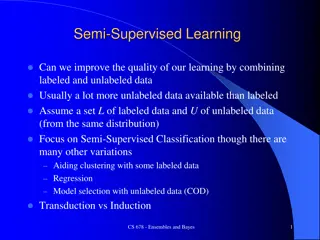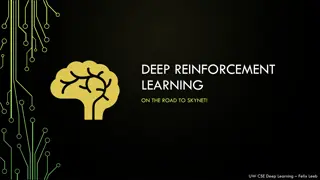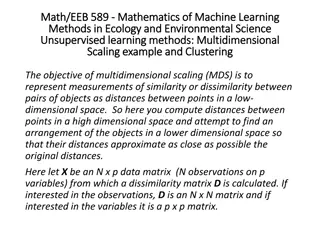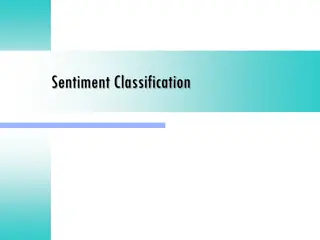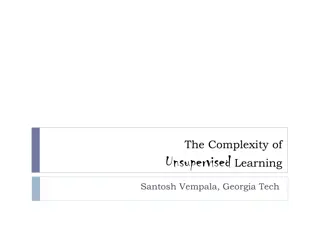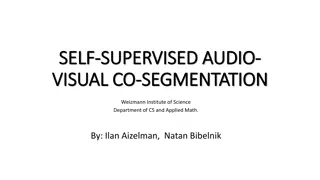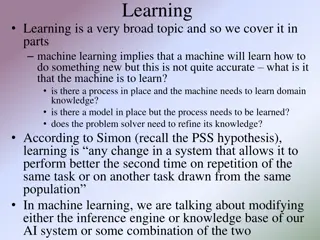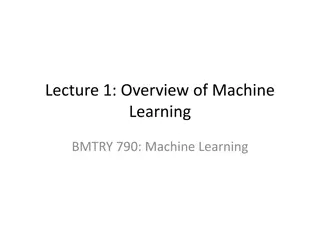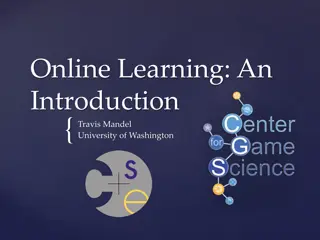Difference Between Supervised and Unsupervised Learning
If you want to learn more about supervised and unsupervised learning, you should enroll in a financial modeling training course online.
Uploaded on Jul 23, 2024 | 0 Views
Download Presentation

Please find below an Image/Link to download the presentation.
The content on the website is provided AS IS for your information and personal use only. It may not be sold, licensed, or shared on other websites without obtaining consent from the author.If you encounter any issues during the download, it is possible that the publisher has removed the file from their server.
You are allowed to download the files provided on this website for personal or commercial use, subject to the condition that they are used lawfully. All files are the property of their respective owners.
The content on the website is provided AS IS for your information and personal use only. It may not be sold, licensed, or shared on other websites without obtaining consent from the author.
E N D
Presentation Transcript
Difference Between Supervised and Unsupervised Learning
Introduction It is important to know the difference between supervised and unsupervised learning when you re receiving your financial modeling certification. Depending on the type of situation at hand, these two crucial approaches which serve different purposes are utilized to evaluate and extract insights from data.
Supervised Learning Training a model on labeled data with specified input data (features) and corresponding output (labels or goal variable) is known as supervised learning. You will learn more about it thoroughly during your financial modeling training course online. To accurately forecast the output for fresh, unseen data, the model must learn the mapping function from the input to the output.
Key Characteristics: Labeled Data: Examples of both the input and the intended output are included in the training dataset. Training Process: By modifying its parameters to reduce the error between expected and actual outputs, the model learns from the labeled data. Types of Tasks: Regression (predicting continuous variables) and classification (predicting categories) are frequent tasks. Examples: Spam email identification, feature-based housing price prediction, and picture classification (e.g., object recognition in photographs).
Advantages and Disadvantages Advantages: Clearly defined goal with well-known output labels. Capacity to use labeled test data to quantify and validate model performance. Disadvantages: Needs a lot of labeled data in order to be trained. If there are flaws or noise in the labeled data, it might not function properly.
Unsupervised Learning In unsupervised learning, a model is trained on unlabeled data, and instead of having a specific output variable to predict, the program looks for patterns or hidden structures in the input data. The objective is to examine the data and identify underlying patterns or clusters that can shed light on the underlying structure of the data. You will learn more about the same during your financial modeling training course online. Key Characteristics: Unlabeled Data: There are no target variables or predetermined output labels in the training dataset. Training Process: By comparing and contrasting data points, the model finds patterns or clusters in the data. Types of Tasks: Typical tasks include association (determining connections between variables), anomaly detection (spotting odd patterns), and clustering (assembling comparable data points). Examples: Examples include market basket analysis (e.g., product recommendations based on purchasing history), customer segmentation, and fraud detection.
Advantages and Disadvantages Advantages: May reveal hidden structures and patterns in data. Beneficial for comprehending data linkages and conducting exploratory data analysis. Disadvantages: Since there is no labeled data, there are no objective evaluation metrics available. Results interpretation can be arbitrary and call for subject-matter expertise.
Key Differences Summarized Data Type: Labeled data is used in supervised learning, whereas unlabeled data is used in unsupervised learning. Objective: The goal of unsupervised learning is to find hidden patterns or groups, whereas the goal of supervised learning is to predict output labels or values. Evaluation: While the assessment of unsupervised learning models is more arbitrary and context-dependent, that of supervised learning models may be done objectively using metrics like accuracy or mean squared error. In conclusion, the decision between supervised and unsupervised learning is based on the particular problem that needs to be handled as well as the characteristics of the data. While unsupervised learning is useful for investigating and comprehending complicated data structures without predetermined results, supervised learning is appropriate when there is a clear objective with labeled data. These approaches are essential to machine learning applications, advancing a number of industries including marketing, finance, and healthcare. If you want to learn more about supervised and unsupervised learning, you should enroll in a financial modeling training course online.
Slide End & Resource Resource: https://www.mindcypress.com/blogs/finance- accounting/difference-between-supervised-and- unsupervised-learning Email: support@mindcypress.com Phone: +1-206-922-2417 +971 50 142 7401
